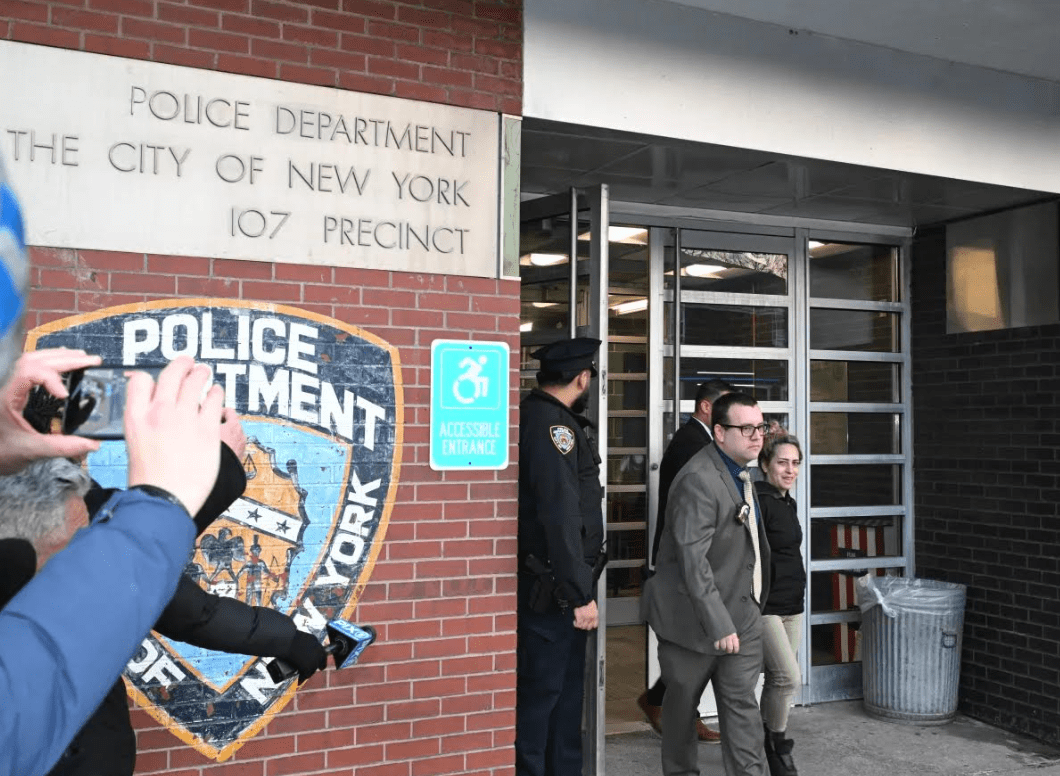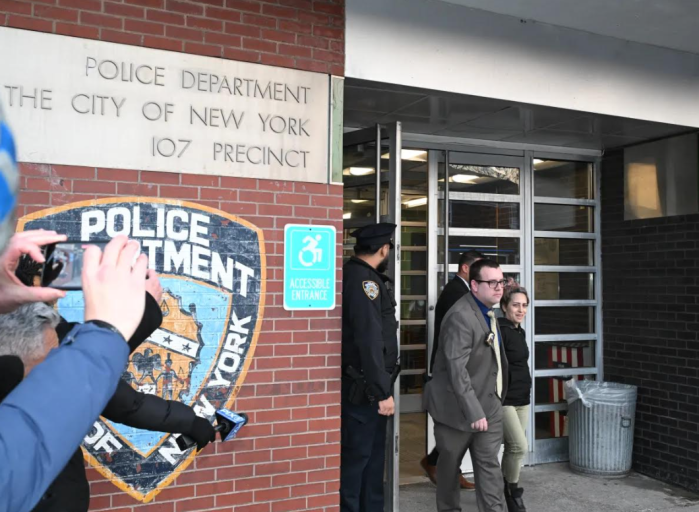City lawmakers are looking to lower the blood lead level deemed dangerous for children — and attempting to backup their protective push with measures that overhaul building rules.
After gaps were revealed in the public housing authority’s process for assessing lead hazards, City Council members introduced 17 pieces of legislation Wednesday that would strengthen protocols for inspecting lead hazards in residential buildings, day care centers, soil and drinking water.
One of the measures, which is sponsored by Council Speaker Corey Johnson, would also lower the threshold at which lead in children’s blood is considered toxic.
Although the city’s Health Department said the number of tested children who have an unhealthy amount of lead in their blood has declined 89 percent since 2005, Johnson said too many children — 5,000 in 2016 — have tested positive for high levels of lead.
And some environmentalists agree.
“It makes sense for the city to keep pace with the science and take every reasonable step to eliminate the lead,” said Eric Goldstein, the city environmental director at the Natural Resources Defense Council.
Beyond requiring tests for lead in the soil and drinking water, the package proposes a new approach to lead inspections and remediation in private and public residences, including New York City Housing Authority buildings, according to a Council spokeswoman.
A bill sponsored by Councilman Ritchie Torres would require that inspections of vacant apartments be conducted by workers who are certified by the federal Environmental Protection Agency. Under current city Department of Building rules, the inspectors do not need that specific certification.
Another bill introduced by Councilwoman Margaret Chin would compel landlords to remove or encapsulate any lead paint in apartments, as they become vacant.
“Often times they paint it over and DOB certifies. That’s just a Band-Aid solution,” Chin said. “Encapsulation puts a special coating . . . on the wall. It’s not that expensive.”
Building owners worry the proposals may be too cumbersome and costly, according to Frank Ricci, the director of government affairs for the Rent Stabilization Association, which represents landlords of rent-stabilized buildings.
“You have Council members complaining every day about affordability, but if owners do that, the rents would have to go up higher,” Ricci said.
Health Commissioner Dr. Mary Bassett said the city is reviewing the bills.

































